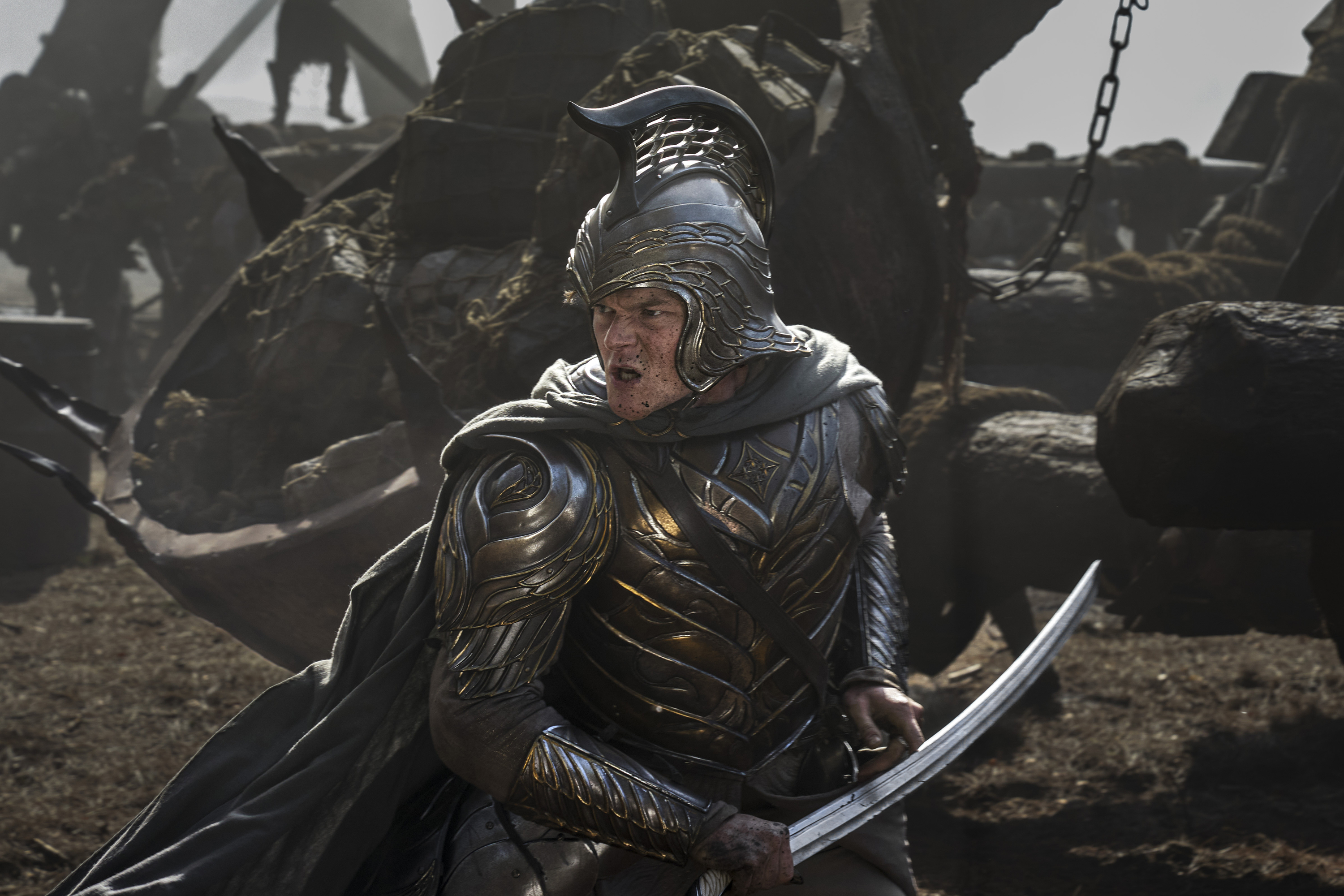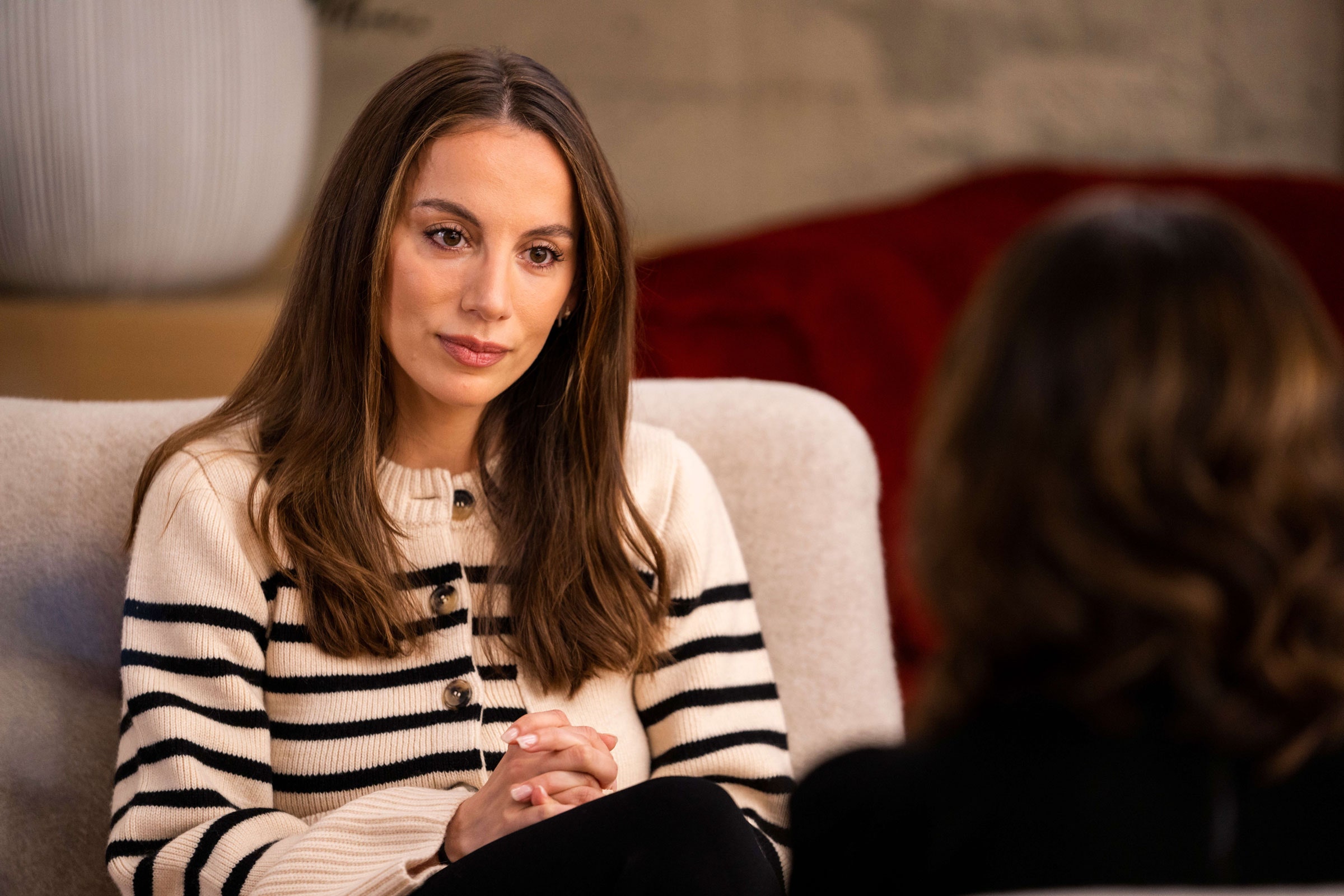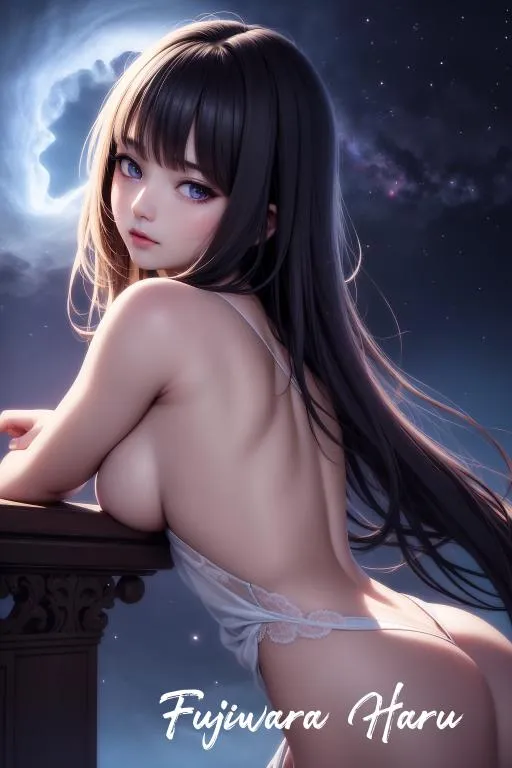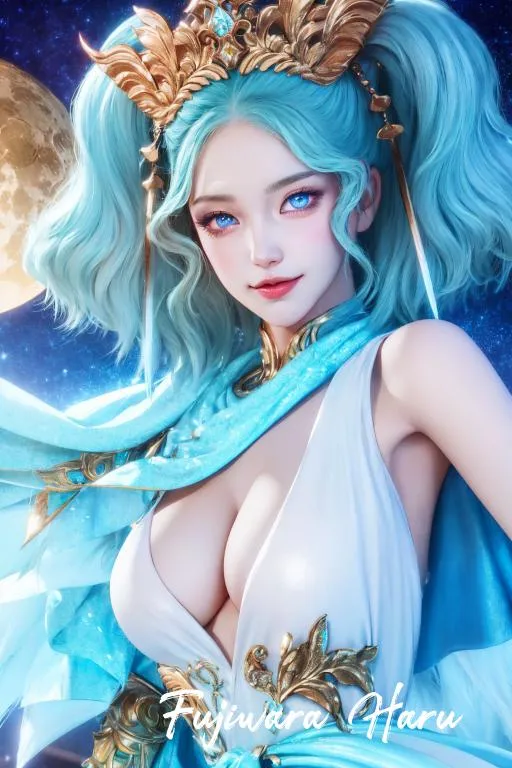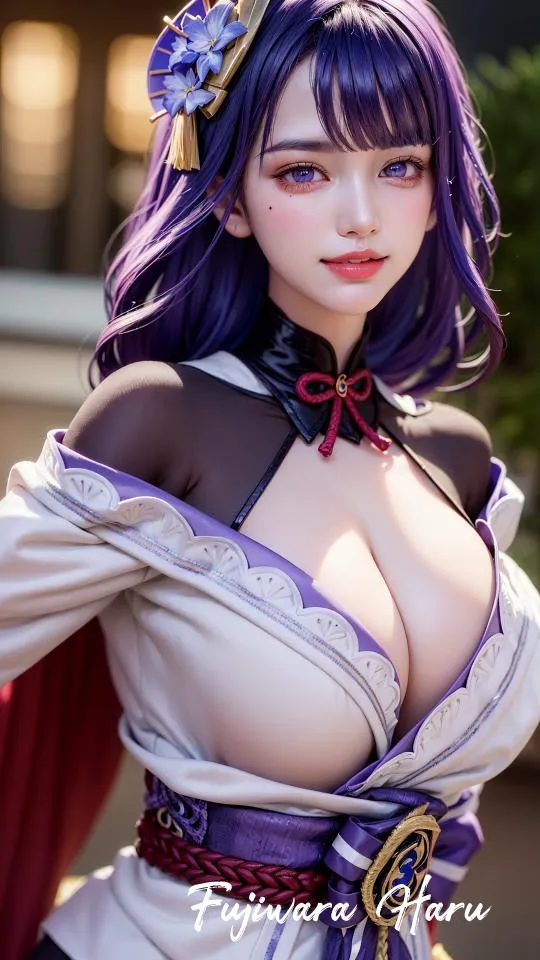
There are stunt and action luminaries, and then there’s Vic Armstrong. The legendary director, coordinator, and stunt performer claims the Guinness World Records title as the most prolific stunt performer ever and is perhaps best known for his time doubling Harrison Ford in the Blade Runner, Return of the Jedi, and the first three Indiana Jones movies. His long, long list of credits also includes doubling Christopher Reeve in two Superman movies and working with multiple James Bonds, as well as directing the action on Gangs of New York and Mission: Impossible 3.
The latest major credit in Armstrong’s long line is as the second unit director of The Lord of the Rings: Rings of Power, leading the show’s action design. Such a task isn’t comparable to basically any other TV show: Rings of Power’s record-breaking budget is far larger than most, and Armstrong understandably talks about it as a movie, considering the amount of time he had to shoot the action and the scope of the material.
The second season’s biggest action sequence occurs in episode 7, where Adar and his orcs mount a siege on the city of Eregion against Sauron and an elf army. The siege posed a lot of challenges for Armstrong and his team, as the biggest action sequence in the show yet was filled with moving parts and logistical hurdles.
On a photograph taken on the set of Indiana Jones and the Last Crusade, Ford famously wrote to Armstrong, “If you learn to talk I’m in deep trouble!” Armstrong has indeed learned — Polygon spoke with the action legend about his influences for the sequence, keeping the show distinct from the movies, making a troll feel dangerous but defeatable, and much more.
This interview has been lightly edited for length and clarity.
Polygon: What are some influences you draw from for the action design and visual approach for Rings of Power?
Vic Armstrong: Very early on in my career, David Lean and Lawrence of Arabia had a huge impact. I had a shot in Rings of Power, we called it my David Lean shot. It’s a huge wide shot where these two little horses are gathered across this big expanse with mountains around them. That was my homage to him, because people don’t do that nowadays.
We’re not shooting TV with this. We’re shooting a movie. People in TV feel we have to be close to be able to see things on a little 22-inch screen. Nowadays, everybody’s got a 60-plus-inch screen. They can see probably the same ratio of eyesight as if you’re sitting in the center seat in Leicester Square in London and looking at the screen. They’re sitting at home, looking at this great big screen in the same ratio, really, and the sound is great. People have 4Ks. So I love to get those sort of big moments in so the audience sees where you are as well. It’s not just a case of telling them through words. You see where you are. So for me: David Lean, John Ford, Kurosawa [are my big influences], and you see a lot of those shots in my movies. Even in [episode 7], the early horse chase, they come on up out of the ground. I focused on the indentations on the ground and then they rise up and get towards you. I didn’t have the flags on sticks like Kurosawa, but that’s my sort of influence.
You mentioned the sense of scale and scope available with new technology, but within the world of Middle-earth, you also have such a big canvas to work with. What’s most important to you about the action design within this world?
We set the bar pretty high on [season 1]. Going into this one, Charlotte Brändström, who directed episode 7 and is a great friend of mine, we met up, we had dinner, and we talked. And then we sat down and we talked with Patrick McKay and J.D. Payne, because they’re great contributors and collaborators. And they gave us the script. And then we said, OK, we can put this into it, put that into it. We try to keep it within the scale of the movie. You don’t want to just blow everything just for the sake of having a great big sequence. Realizing where the crescendo has to come, and writing that into the sequence, is the fun part of it. And then you say, OK, we’re gonna have something big there. What is it going to be?
And on this one, it goes from a lovely cavalcade of wonderful horses charging in, crashing into some woods, fighting in the woods, hand-to-hand, fighting through the woods into a muddy river that’s been drained. And you see horses getting stuck in quicksands and plunging. I love that shot actually, the plunging around and then the riders have to get off. Now they’re in armor, now they’re disadvantaged, and now they go across the mud and then they attack, and start fighting the orcs.

And then balancing the orcs out. You know, if you’re not careful, the orcs are just there shaking their fist and saying, “We’re going to come and attack you!” [Laughs.] What are you going to do? So we’ve got great big rocks flying in, and then we send flaming rocks in, and then you see those smashing, so it’s building it up like that all the way through. And we have these crazy conversations sitting around. Patrick and J.D., they’re so enthusiastic, then I’ll say: “Guys, you know how much that’s going to cost.” You come to an agreement at the end of the day. But it’s that sort of creativity that I think is great. You’re not just handing words on a bit of paper and going, Go shoot this. There’s a huge amount of personal input from every department in there, which I think shows and shines through.
You’ve mentioned some of the micro moments that happened in the siege in episode 7. When you’re designing a big siege sequence like that, where there are so many different moving parts on the battlefield, how do you chart and keep track of all the macro elements? Do you have physical aids?
You hit it right on the head, that’s exactly what I do. I used to have a book, it’s thick, which is called Vic’s Bible. And the little backstory to that is nobody is allowed to have written paperwork [on the Rings of Power set]. You don’t have written scripts, you don’t have anything in writing. It’s a security issue, and it’s commonplace in the film world nowadays, because of piracy and everything else. But God bless them, they gave me the permission. I had this paperwork with all my storyboards, with all my beats for the moments that happen. And I’ve got them in there in the rhythm that represents the whole battle, where they come in that battle, who’s doing what for who. That’s the only way you can keep on top of it, rather than get carried away in one sequence and have it kill 30 or 40 people. And then you waste time, or don’t have time to do the pertinent bit, that only takes six or eight people getting killed, but you have no time if you waste your time over there.
It’s just time management and people management and just trying to get the story right. But you have to have that as a map to follow through, because all of these things are shot totally out of continuity. You do the end over here, and then you do the beginning over there, and the middle will be done in the beginning. It’s very, very complicated, so you have to have something to keep you on the straight and narrow.
It’s one thing to have fun individual beats, like when Elrond puts the orc in the catapult and sends him into the wall. It’s another thing entirely to have the whole thing holistically feel like it makes sense.
And that’s when you cut back to John Ford, David Lean, across the river there. When those horses are getting stuck in the bog, you see the whole vast terrain, and that ties you in. They’ve got to cross this half a mile of mud. It’s all told in that one shot. To me, that’s storytelling. It’s like telling a whole story in mime. If you’ve got dialogue in a sequence, you can explain the narrative and everything else bam bam bam in two lines. But if you have to do it in mime language, it’s a different kettle of fish, and that’s basically what we do. We do everything in visual stories, visual landmarks, and nudges to tell you what to look at.

This show has a different relationship to good and evil than other Middle-Earth stories. The orcs are more sympathetic, it’s more gray than black and white. And in this siege sequence, you have a situation where on one side you have Sauron and a group of innocents, and on the other side you have Adar and a group of orcs attacking. It’s not as simple as We want this side to win. Did that impact the action design?
Yes, it did. And I think it’s very, very important as well, because it’s so easy to do good guys in white hats, bad guys in black hats. And it’s like what we face in life as well. Every war, you look at every conflict, there’s compassion on both sides. They have thought processes and feelings, and they’re doing what they think is right. So if you try and get that across, I think it gives a whole new view to life than a DC Comics superhero sort of thing, where it is baddies and goodies. So what do you do with your action? How do you make the orcs look savage and vicious without making them weak? It’s tough, but that again is done in the writing. I have to keep saying that, because I’m in awe of how they put those words down on paper and how it comes out of their minds, because it’s such a complicated story to tell.
What would you say was the biggest logistical challenge of the siege sequence?
Once we got to the riverbed, that was tough, tough, tough — because that was real bog, real water, real mud. We had to put hidden little aluminum walkways underneath two feet of mud so the horses and the people and all the equipment you’ve got have something to move on. You’re shooting at night, you’ve got lights moving around, and it’s very, very slow moving. So logistically, it’s a nightmare. You rehearse everything you can in the daylight, and then they’re long nights, so it makes a long day of it. You get there at 4 in the afternoon and you’re still there at 5 in the morning. It’s a long day’s work.
And then the battle with the horses. Horses are living objects. They can only do so much. They have to have good ground to gallop on. And with that amount of horses, they just plow the ground up. You can’t believe it. So I was lucky to find a place where the next estate to mine in England was a beautiful, great beach estate. And they let us in there. We’d mark a barrier off and then do three or four runs before we trashed the ground and moved over [to another area]. But then all your equipment has to move over there, and everything in the back of the show has to get out of the shot. It’s a nightmare, and it’s raining. It’s organized chaos.

Like you were saying, horses can make things a bit more challenging because they can’t read the script or listen to your exact directions. But I’m sure it’s nice for you to be able to work with horses so much again, seeing as that’s where you came from in this industry.
A little snippet on that, actually. Elrond’s horse, I didn’t realize until after I finished the battle. The lovely people that supply all the horses to the film, they came up to me and said, “You realize that horse is the great grandson of the white stallions you brought over for Ridley Scott’s Legend?”
No way.
That’s what I said! I sold one to the father of the people that run the business, and this horse was the great grandson. I couldn’t believe it.
Wow. So how long did you have to shoot the siege in total?
Several weeks. It was broken into three pieces: The mud and everything else down at Eregion, the walls at Eregion with the battle and the wall breakers, and then there was the woods. We did a lot of stuff in the woods just to break things up a little bit. And then the charge [of the horses]. There was probably two to three weeks on the charge, and then a couple of weeks in the woods, and then about two or three weeks in the outside. I work as a separate unit from everybody else, so I can go on longer. We had the Eagle Unit, which is my unit. It’s a different budget to everybody else, so we can actually do that. We’re obviously limited to when they can send actors over to us, but it all has to be done. And then the reason we had the different locations was — people often ask me “What’s the hardest stunt you’ve ever done?” And I always say, “Being original, not being repetitious.” Which is why we have horses out in open ground charging, and then you go fighting in the woods, and then you come out and you have your Kurosawa in the mud and slime and all that. But it just varies it up a bit. Otherwise, it could get a bit same-y.
That sounds like a lot of time to shoot, especially for a television show. Does that feel like a luxury? Because that type of time is not always guaranteed.
No, it’s a luxury. I got it, I’ll take it.
The legacy of the Lord of the Rings movies looms large over any other adaptation. How do you approach differentiating the show, especially for a siege sequence that may draw comparisons to Helm’s Deep or Minas Tirith?
I purposely didn’t watch any of them in recent years, because I did not want to be influenced in any way, shape, or form. This is a standalone story, and the locations are different. I think homage can be a bit tricky. People may not know whether you’re doing an homage or you’re copying. And I’d like to keep it fresh. I want people to pay homage to us and copy us.

It’s also easier — like you were saying, when it’s something like Lean or Ford or Kurosawa, where it’s been many, many years — for it to come across as homage because it’s so in the cultural lexicon.
It is homage, but it is the correct way to shoot and tell the story. I also love Dutch angles, you know. [I’m] madly into Dutch angles and Orson Welles. I directed an episode of The Young Indiana Jones Chronicles. I did all Dutch angles and long shadows and everything else. But even on this, I’ve done some chases on this. I’ve cranked the camera up and people say, “That’s a bit much, Vic.” And I say, “I promise, when you look at it and see the dailies, it looks dynamic.” It is an homage. But it is a way of shooting that people teach you. They’ve taught me by letting me watch their movies.
In many ways, they solved problems and gave you the answer.
Yeah. And then you look at it and it resonates with you. And you look at a shot on a totally different type of movie and realize this is what actually gets us out of this situation. When you’ve got somebody running by a camera and their heads are out of shot, you think How can we do that? Well, you crank it so their heads are in for the longest time, if possible. And because of the angle, it makes it look dynamic.
In this universe, you have a lot of different, extremely skilled fighters. Was there one you particularly enjoyed designing action for?
I think it’s going to be Robert Aramayo as Elrond. He’s our figurehead in the big epic portion of episode 7. At the start, he’s a different character than he is when he gets to Eregion in that battle. To me, that is fabulous, and that’s what I liked. And to see him be a horseman, because you don’t think he’s a horseman when you first look at him. Well, anyone can be a horseman. But a warrior on a horse, he’s not your typical one when you look at him to begin with. But when he’s on the horse, and then he starts riding the horse… we had him galloping and taught him to ride and look good. And then his sword work is impeccable. Some great, fluid, flamboyant moves, so I enjoyed that part of it.

Did he have prior experience there?
He may have done some theatrical sword work, but nothing I’d seen that was anything like this, because ours is as near as you damn get to the real thing.
We talked with Ismael Cruz Córdova about how he wanted the elf action to feel larger than life and like anime. Is that a conversation you two had?
Ismael is a great buddy of mine, and we discussed that over and over again, from New Zealand onwards. That was right at the top of my agenda whenever I shot with him. He gave 100% in his training and his thought and his process. I shot a lot of his stuff, and I’m a great admirer of his. And next season, I think he will really shine through; all that work and all that thought going into the action. [Anime] is not something I’ve watched very much, so we would talk about what he was picturing, and then I’d translate into real-life, physical movement that can be achieved. I’m in reality, and he’s grounded in fantasy, and we make them join in the middle.
One of the big moments towards the end of the siege is when the troll comes in and really messes things up. How did you approach making the troll feel big and violent, and what about that was challenging for you?
That was a very, very challenging sequence. What do you do with a thing that could just smash its way through everywhere? If you’re not careful, it’s too bloody to even be caring about. So we did those early shots, where he’s stomping his way in and there’s people getting crushed. We had people in the ground with blood squirting out of their mouths, back to basics.
It’s just this relentless monster that’s coming. You know, they got it just right in Terminator 2. There’s just the unvanquishable moments. And we tried to do that with the troll. Eventually, you bring him down and old Ismael gets him with a flying drop kick. But we gotta weaken him up. So it was coming through with the lance and everything else, ripping his leg away from underneath him with the big spike. It was fun working out how you take down something that’s basically un-take-downable. It’s the Titanic. But that sank, and you know, he sank, too.
Source:https://www.polygon.com/lotr-rings-of-power/456405/trop-siege-eregion-interview-action-director-vic-armstrong